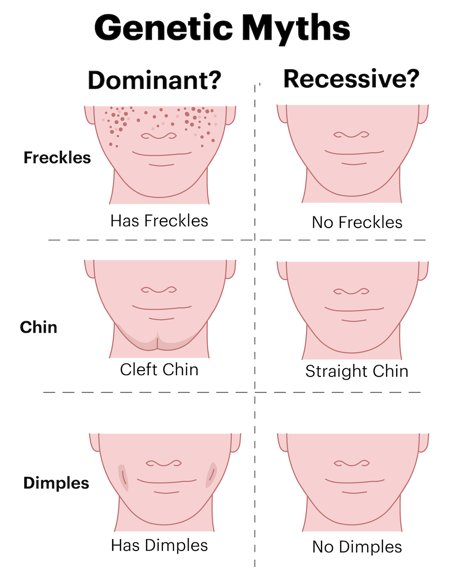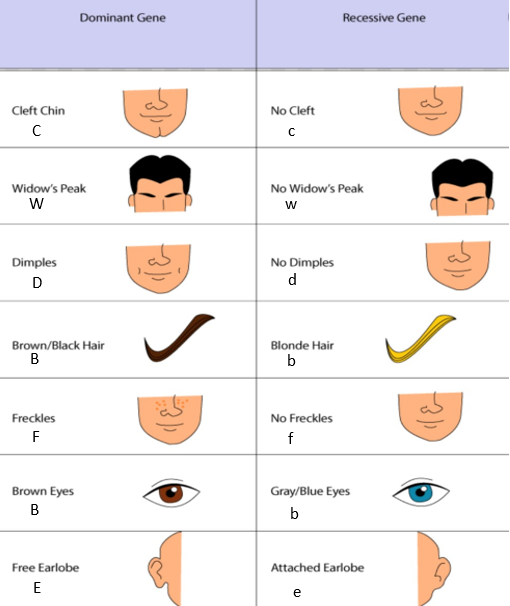
Bio-LOGICS - Dimples are small indentations that can be found on your skin. They can occur on different places of the body, including the cheeks, chin, and lower back. Cheek dimples can
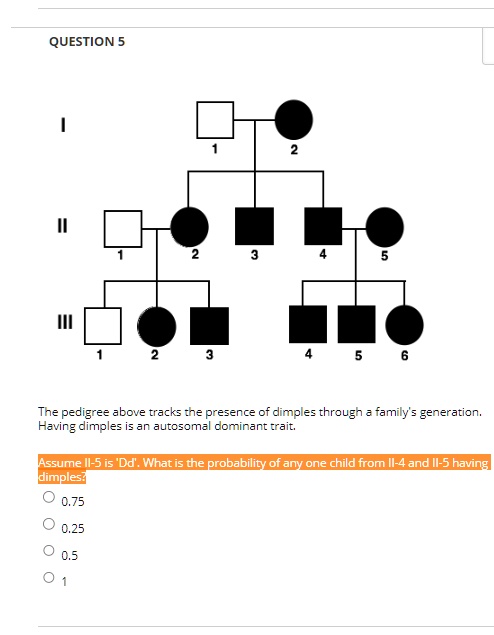
SOLVED: QUESTION 5 The pedigree above tracks the presence of dimples through a family's generations. Having dimples is an autosomal dominant trait. Assume II-5 is 'Dd'. What is the probability of any

The hidden science of dimples: Their intriguing biology and mysterious causes, explained - BBC Science Focus Magazine




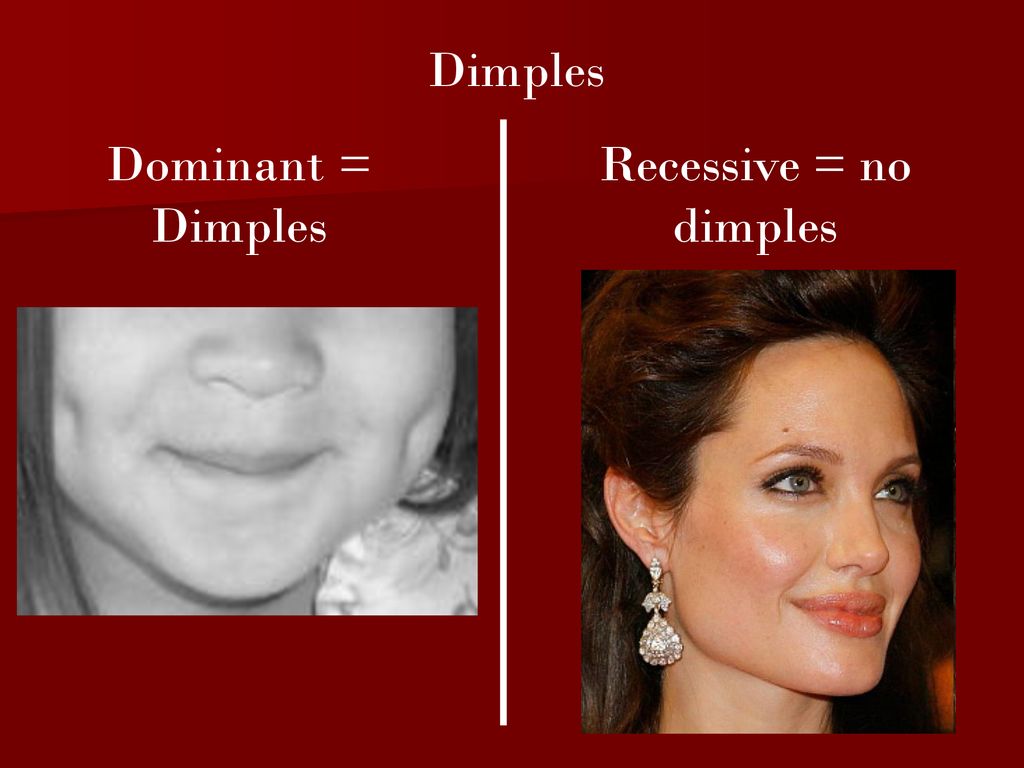
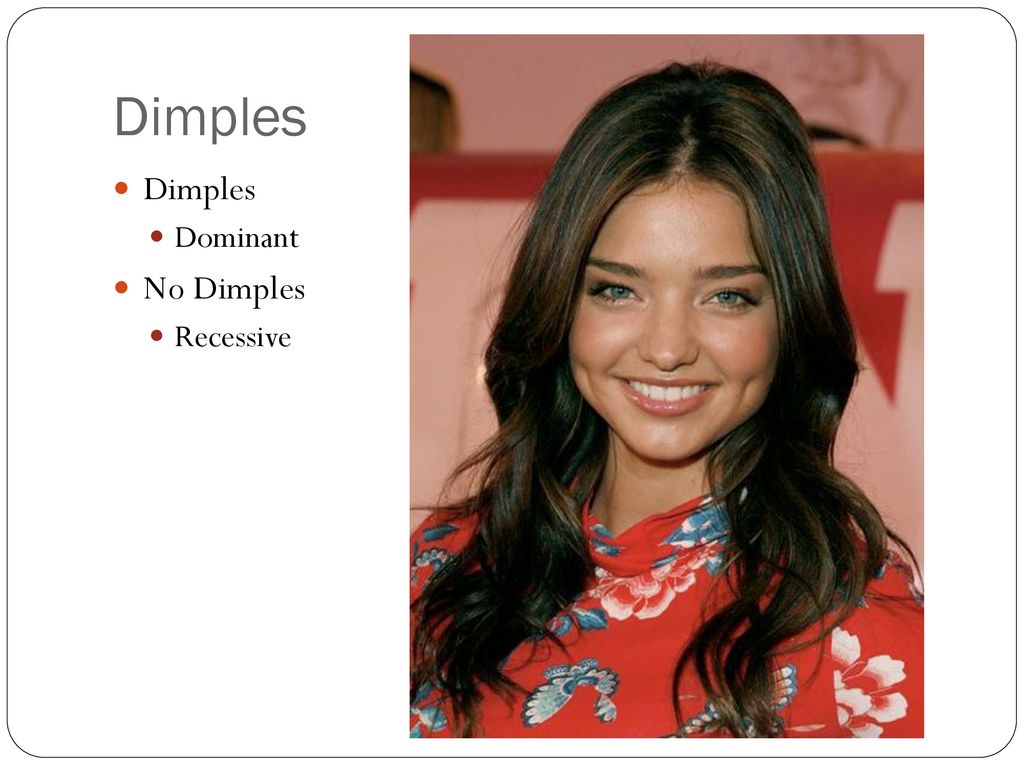
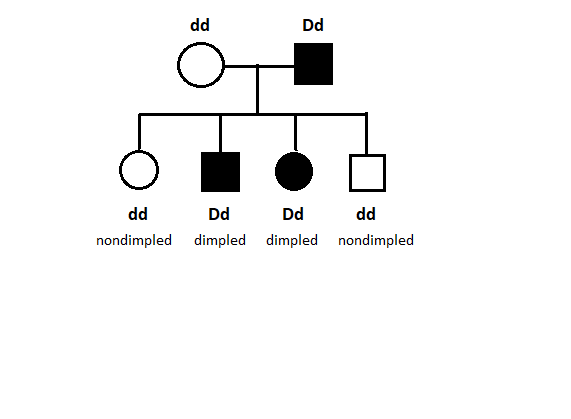
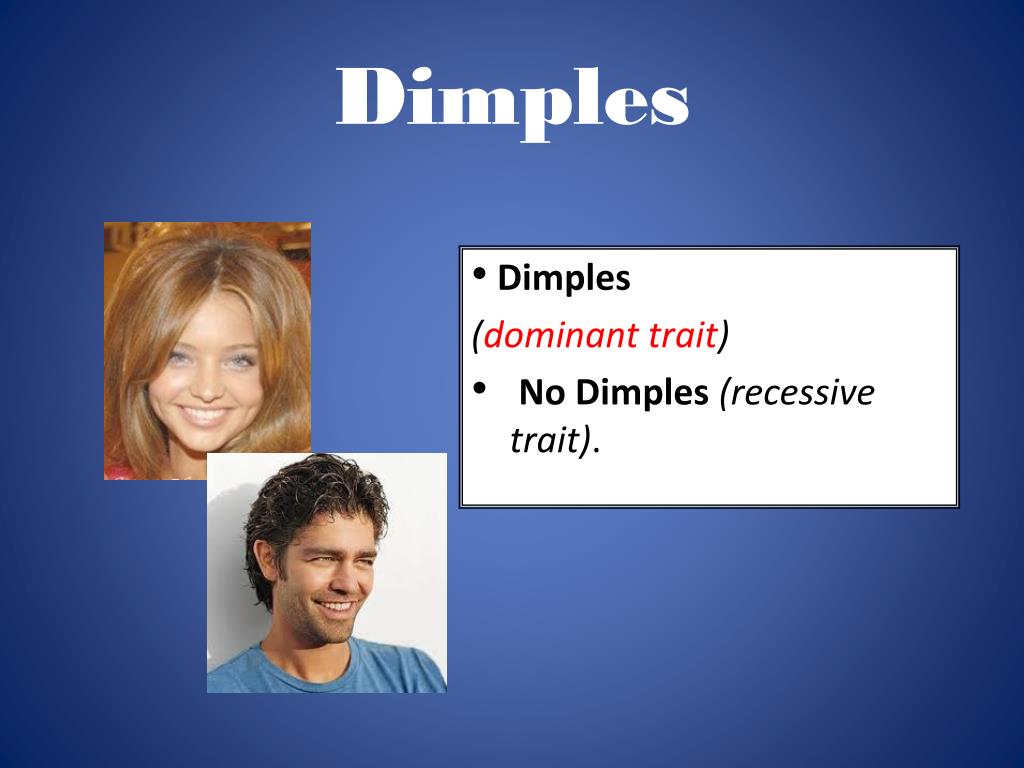



![ANSWERED] In humans, having dimples in the cheeks is a dominan... - Biology - Kunduz ANSWERED] In humans, having dimples in the cheeks is a dominan... - Biology - Kunduz](https://media.kunduz.com/media/sug-question/raw/54756425-1659110743.548936.jpeg)



